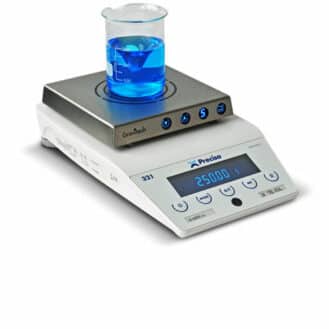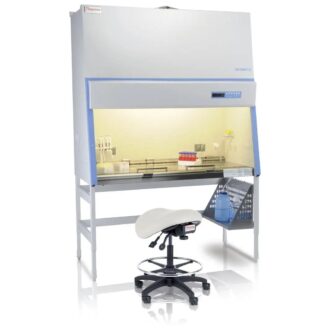The microscope is a device for viewing objects that are too small to be observed with the naked eye.
In the healthcare industry, it is used in laboratories to make diagnoses from biopsies or other biological sample preparations. Microscopes are usually a lens system that magnifies the object under observation.
There are also examination and/or surgical microscopes used to magnify an area of the body so the doctor or surgeon can work more accurately. But these are not dealt with in this buying guide as they are part of the field of surgical microscopy.








very useful blog I was thinking to purchase a digital microscope for my school chemistry but you helped me a lot thanks
Thanks for sharing this nice post.